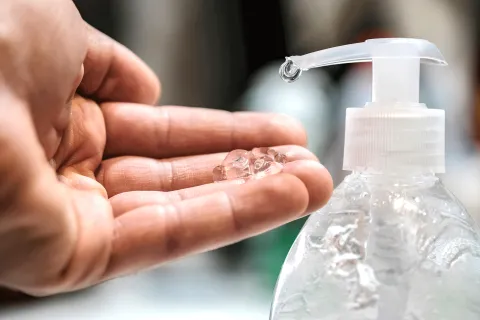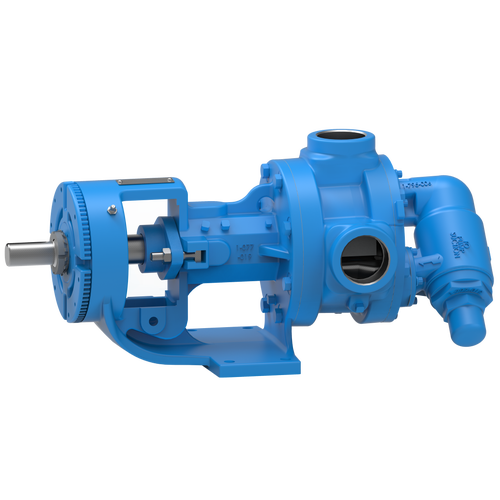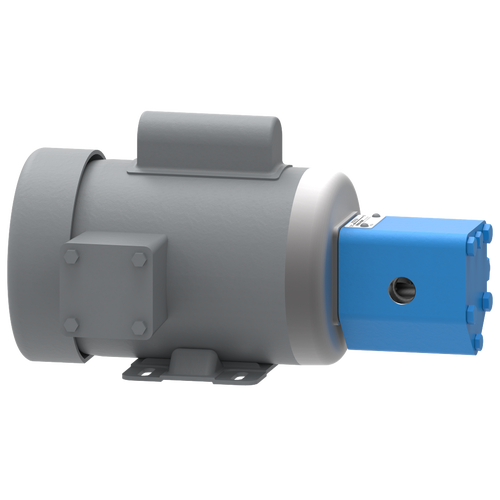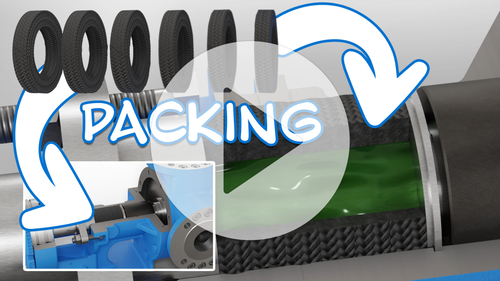
Glycerol/Glycerin
Glycerol/Glycerin
Custom Content One
Positive displacement pumps are ideal for manufacturing glycerol and glycerin due to their ability to handle viscous fluids efficiently while maintaining a steady and precise flow rate. These pumps operate by trapping a fixed amount of fluid and then forcing (displacing) it into the discharge pipe, which makes them particularly suitable for the high viscosity and shear-sensitive nature of glycerol and glycerin. Moreover, positive displacement pumps provide a consistent, controlled flow that is crucial for processes that demand precision and reliability, reducing the risk of product deformation or degradation during handling. Their capability to handle varying pressures and viscosities without a loss in performance ensures that the quality and consistency of glycerol and glycerin are maintained throughout the manufacturing process.
Recommended Pumps
-
4124A SERIES™
- Cast Iron
- Mechanical Seal
- up to 500 gpm | up to 114 m3h
-
4195 SERIES™
- Cast Iron
- Mechanical Seal
- up to 580 gpm | up to 132 m3h
-
SG SERIES™
- Ductile Iron
- Mechanical Seal
- up to 190 gpm | up to 43 m3h
Articles / Case Studies

Viscosity is a measure of a liquid’s resistance to flow. And you don’t need to work in a laboratory to observe this. Anyone who’s spent any time in the kitchen has observed a variety of liquids with a wide variety of viscosities.

Unlike most of my colleagues I didn’t start out with a mechanical background. While they were studying kinetics and machine design, I was studying digital electronics and industrial power. When I started my career in the world of pumps, I had to learn a whole new set of concepts. What was surprising was that while the terminology may be a bit different, the concepts are very similar. Think of the following as a “Rosetta Stone” for translating the common terms and concepts of fluid systems to your more familiar terms and concepts of electrical systems.
Videos
- How Pump Packing Works - AnimationIn this video, learn about pump packing and how it works.March 14, 2025
- Welcome to Viking Pump's Machine ShopThis is Viking Pump’s machine shop in Cedar Falls, Iowa. Continual investments in machines and people simplify and expedite production – enabling shipment for thousands of products every year.February 28, 2025




